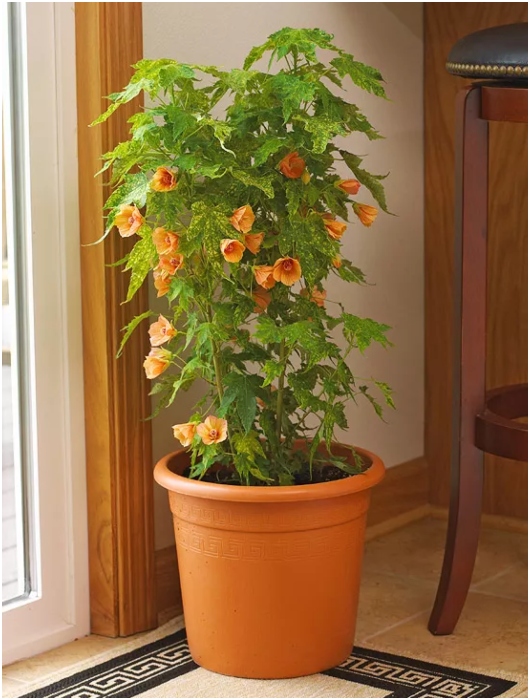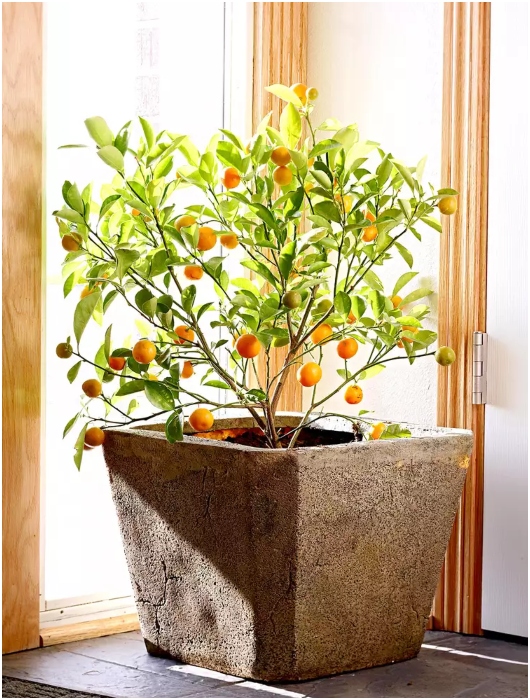Houseplants are more than just decorative elements. While their vibrant leaves and structures enhance any space, the appearance of flowers can elevate our spirits and transform our indoor environments. Beyond their beauty, indoor flowering plants offer a myriad of benefits, from reducing stress to improving air quality. This article explores the enchanting world of flowering houseplants, shedding light on their various benefits and some of the best types to cultivate indoors.
The Psychological and Environmental Benefits of Flowering Houseplants
Stress Reduction and Therapeutic Effects Studies have repeatedly shown that interacting with houseplants can significantly lower stress levels. The act of caring for plants, such as watering, pruning, and even simply touching the leaves, can have a calming effect, serving as a form of natural therapy.
Air Purification Certain houseplants go beyond beautifying spaces and contribute to cleaner indoor air. Varieties like the areca palm and rubber plant are known for their ability to remove toxins and impurities from the air. Plants like Gerbera daisies are particularly beneficial in bedrooms, as they continue to release oxygen at night, promoting better sleep quality.
Top Flowering Houseplants for Indoor Gardens
1. African Violet (Saintpaulia ionantha) One of the simplest flowering plants to maintain indoors, African violets bloom multiple times a year with minimal care. They are available in numerous varieties, offering a wide range of flower colors and forms. These plants prefer warm conditions and filtered light, and they require careful watering to avoid water spots on their fuzzy leaves.

2. Oxalis (Oxalis tetraphylla) Known for its charming clover-like purple leaves that fold down in low light, Oxalis presents a near-constant display of pale pink or white flowers. It’s a delightful addition to any indoor garden, often given as a gift on St. Patrick’s Day due to its shamrock-like appearance.
3. Peace Lily (Spathiphyllum wallisii) With its elegant white flowers, the Peace Lily adds a touch of sophistication to any room. It blooms throughout the year, especially in summer, and features lush, glossy foliage. This plant is easy to care for, though it is toxic to pets and humans if ingested.
4. Anthurium (Anthurium andraeanum) Anthuriums are celebrated for their vibrant, heart-shaped flowers and leaves. They produce long-lasting flowers in shades like pink, red, and white. Beyond their striking appearance, their glossy green foliage continues to impress even when the plant is not in bloom.
5. Christmas Cactus (Schlumbergera x buckleyi) Often mistaken for the Thanksgiving cactus, the Christmas cactus blooms in response to short days and cool temperatures during fall and winter. It offers a festive display of flowers, typically around the holiday season.
6. Flowering Maple (Abutilon x hybridum) Despite its name, the Flowering Maple is not related to the maple tree. It features beautiful lantern-like blooms in various colors and can be grown as a tree, shrub, or in a hanging basket, making it versatile for different indoor settings.

7. Jasmine (Jasminum polyanthum and J. sambac) Jasmine plants are among the most fragrant indoor plants, producing intoxicating white or pink blooms. They require plenty of light and moisture to thrive indoors.
8. Clivia (Clivia miniata) Known also as the kaffir lily, Clivia blooms in winter with vibrant orange or yellow flowers. It requires a period of cool, dry conditions in winter to bloom, making it a unique addition to indoor plant collections.
9. Calamondin Orange (x Citrofortunella microcarpa) This plant bears fragrant white flowers and small, ornamental orange fruits, which can be used in cooking. It adds a tropical flair to any room with its glossy green leaves and vibrant fruits.

10. Brazilian Fireworks (Porphyrocoma pohliana ‘Maracas’) True to its name, this plant offers a spectacular display of color with deep red flower bracts and lavender flowers, followed by the release of small black seeds. Its leaves are equally attractive, adorned with silver markings.
Conclusion
Flowering houseplants provide more than just visual appeal. They contribute to a healthier, more soothing environment and can offer a hobby that many find therapeutic. Whether you’re drawn to the subtle elegance of the Peace Lily or the vivid hues of the Anthurium, there’s a flowering houseplant to suit every indoor gardener’s taste. By integrating these plants into your home, you not only enhance its aesthetic but also enrich your overall well-being.